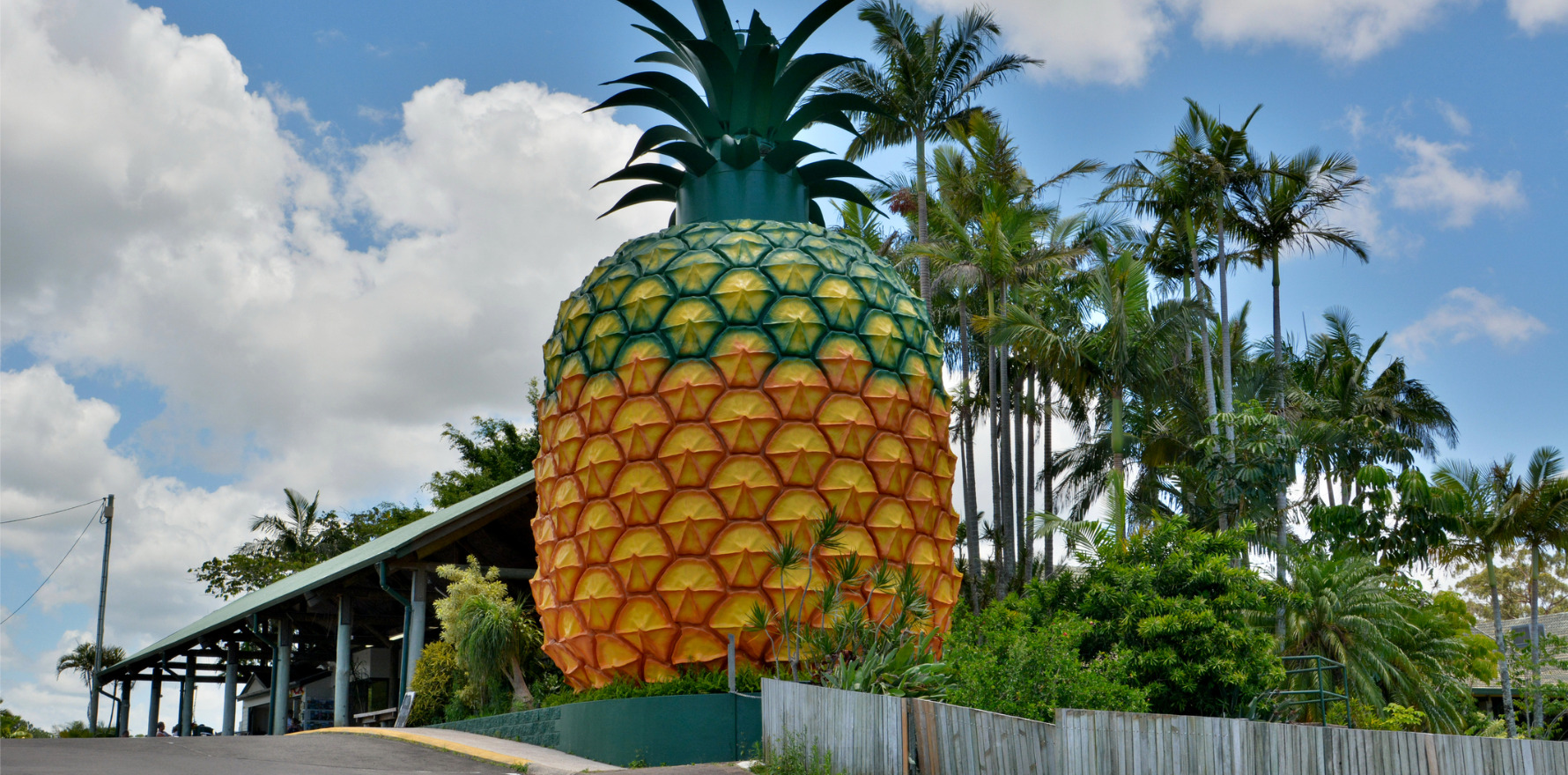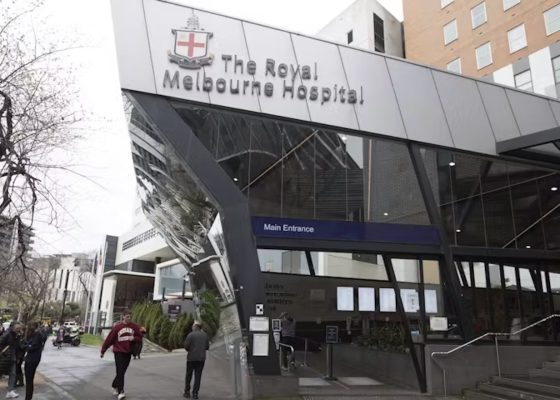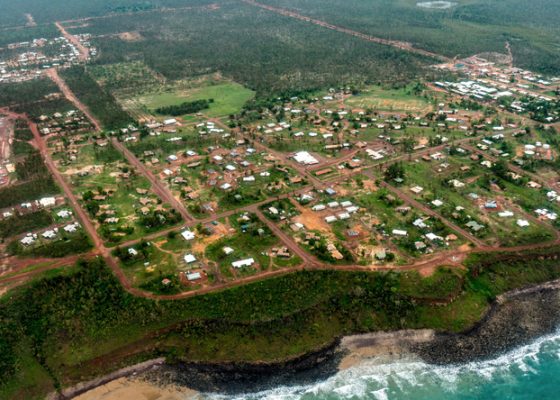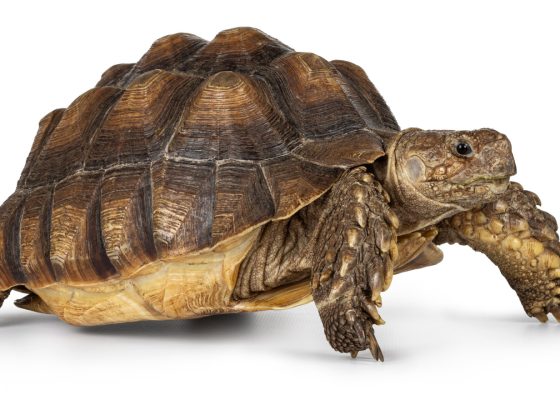The Sunshine Coast Health program aims to support international doctors to join the local workforce.
Internationally trained doctors living in Australia and transitioning into clinical roles within the local hospital system are being supported through a new Sunshine Coast Health strategy to address future workforce shortages.
The STEPP-IN program is a 10-week clinical observership and education program for international medical graduates (IMGs) who are not yet working as doctors in Australia, to help prepare them for a career here.
Sunshine Coast Health director of clinical training Dr Thi Aung said six doctors were taking part in the pilot program, which offered a structured pathway to help participants gain familiarity with the Australian healthcare environment, while addressing a projected medical workforce shortfall in the coming decade.
“In the next five to 10 years there is a severe workforce shortage, so to address that there are these international medical graduates who are already in our country and want to try get back to the workforce, so we are helping them do that,” Dr Aung said.
“We are giving them a chance to observe and get used to the Australian healthcare system before they actually join the workforce.
“We are hoping they are job ready once we complete this program – that’s our aim.”
Program lead Dr Sophie Brock said the STEPP-IN program was tailored to address common challenges faced by IMGs, including resume gaps and lack of exposure to local clinical systems.
“It is an intensive education program where they are learning about the Queensland Mental Health Act, they’re learning how to assess a paediatric patient, they’re learning cultural competency, they’ve got a communication skills workshop – they’re learning Aussie slang, and also an introduction into the Australian healthcare system,” she said.
As part of the program, participants are placed in clinical wards at the Sunshine Coast University Hospital, where they observe multidisciplinary teams, engage in simulated clinical scenarios and become familiar with hospital processes such as documentation, clinical prioritisation and handover procedures.
Related
“Many of them haven’t worked in Australia, so that must be quite intimidating, so it’s really getting them familiar with what happens on the ground here and in Queensland Health,” Dr Brock said.
This current program runs until July, and more than 40 people have already shown interest for the next intake.
“We are planning to do the second pilot intake in September and based on the success of the programs we will look into how we can expand that beyond 2026,” Dr Aung said.
“My dream plan is to roll that out across other health services so it will be a statewide program – that’s what I’m hoping to achieve.”
Participants in the first intake bring diverse experiences and aspirations.
Dr Prajakta Golhar, an ENT surgeon from India, moved to Australia with her family two years ago and hoped to continue working in her speciality.
“I moved here because I want to give my child a better life, in terms of the choices that she can make here, the freedom that she can have here – that is my purpose,” she said.
“I am really excited about the simulation labs, I am really excited to see the simulation of how the ward works, and I am excited to learn about the cultural competency because that is something that is very unique to this country.”
Fellow program participant Dr Alina Baig moved to Australia from Pakistan six years ago and has recently been working as a phlebotomist in Biloela.
“We moved here for the better opportunities and a better future for our kids,” she said.
“Back home I was a resident medical officer, I did my internship and then after that I spent a few years doing different specialties in paeds, ED and medicine as well. I spent one year being a paediatrician in Pakistan and I’d love to be a paediatrician here.”




